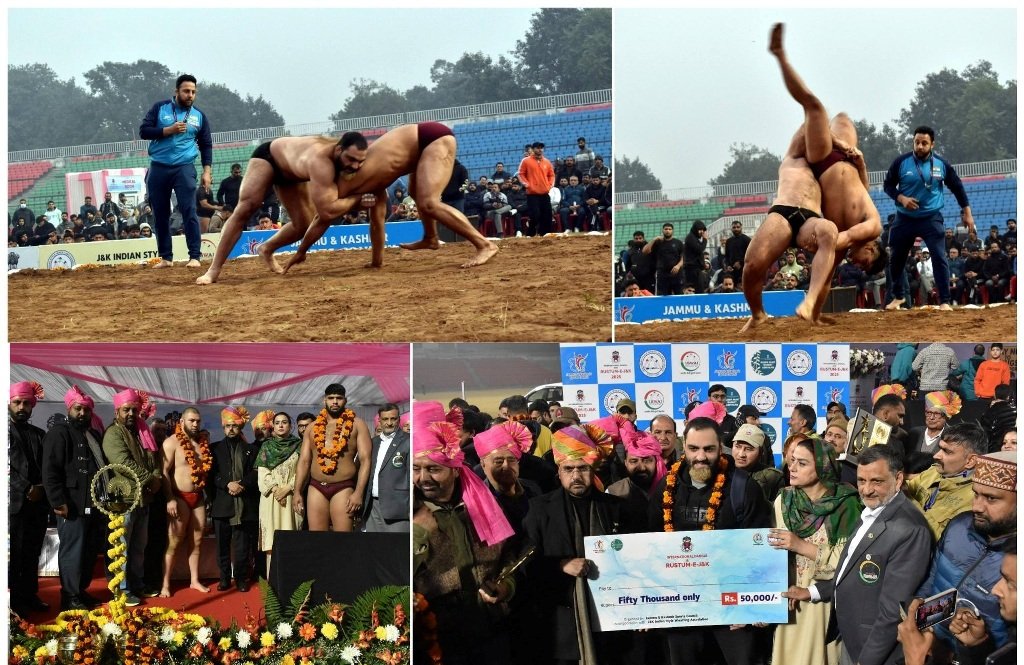The early 19th century in India was marked by the collapse of empires and the rise of British dominance. As the Marathas, Gurkhas, and Mughals succumbed to colonial pressure, one power in North India rose to prominence—the Sikh Empire, under which a remarkable Dogra warrior-statesman, Gulab Singh, emerged to shape the destiny of the subcontinent.
Rise of Dogra Power Amidst British Expansion
During a time when the British East India Company was tightening its grip across the Indian subcontinent, Gulab Singh gained prominence in Lahore Darbar, the court of Maharaja Ranjit Singh, the Lion of Punjab. As the Sikh Empire stood as the last major resistance to British expansion, Gulab Singh used his military acumen and strategic foresight to fortify the northern frontier.
Foundation of Jammu & Kashmir: Gulab Singh’s Empire
Gulab Singh’s territorial conquests were nothing short of monumental. Starting from Jammu, he expanded his domain by:
- Conquering Ladakh in the 1830s
- Annexing Gilgit-Baltistan in the 1840s
- Advancing into Western Tibet by 1841
At its height, his empire stretched over 84,000 square miles, bordering Tibet, China, Central Asia, and the North-West Frontier Provinces (NWFPs). This territory not only held strategic depth for India but also became a crucial trade corridor linking half the world’s population.
The Coronation at Akhnoor: A Political Statement
Gulab Singh’s coronation on June 17, 1822, at Jeo Pota Ghat in Akhnoor, was presided over by Maharaja Ranjit Singh himself—an act of immense political symbolism. Akhnoor’s location—north of Chenab, bordering Muslim principalities, and south of Hindu domains—made it a geopolitical linchpin. Control over Akhnoor also meant dominance over the timber trade flowing via the Chenab River.

Ranjit Singh’s decision to personally bestow the Raj Tilak on Gulab Singh was a clear declaration: Gulab Singh was his most trusted lieutenant in the region.
Loyalty, Military Brilliance & Strategic Thinking
Gulab Singh earned Ranjit Singh’s trust through decisive action:
- In 1808, he fought against Sikh forces in the Battle of Gumat.
- By 1819, he commanded Sikh troops to victory in Kashmir, a pivotal region due to its silk production.
- His capture of Raja Aghar Khan of Rajouri facilitated the fall of Kashmir, sealing his reputation as a reliable and bold commander.
From Jagir to Hereditary Rule
In 1820, Maharaja Ranjit Singh awarded the Jammu region as a hereditary fief to Gulab Singh’s father, Mian Kishore Singh, in recognition of their loyalty. After Mian Kishore Singh’s death in 1822, Gulab Singh was confirmed as the Raja of Jammu. That same year, he quelled internal resistance and compelled his cousin, the deposed Raja Jit Singh, to formally renounce his claim.
Crushing Rebellions with Ruthless Precision
One of Gulab Singh’s most defining military engagements occurred in 1837, following the death of Hari Singh Nalwa in the Battle of Jamrud. Muslim tribes—Sudhans, Tanolis, Dhunds, Karrals, and others—rose in revolt. Gulab Singh was tasked with suppressing the uprising in Hazara and Poonch.
His strategic brilliance shone as he:
- Divided insurgent forces through manipulation and diplomacy
- Crushed rebellions with calculated brutality, including the execution of Shams Khan Sudhan and other key leaders
Read also: Akhnoor Fort: History, Location, Facts, and Legacy
Gulab Singh’s Brothers and the Dogra Dynasty’s Rise
The rise of the Dogra family in the Sikh court was meteoric. Dhian Singh and Suchet Singh, Gulab Singh’s brothers, played key roles in governance and warfare. Their loyalty to the Sikh Empire, especially to Maharaja Ranjit Singh, earned them vast territories and influence. However, envy brewed in the court, which only surfaced after Ranjit Singh’s death.
Establishing the Jammu & Kashmir Kingdom in 1846
Following the First Anglo-Sikh War, the Treaty of Amritsar in 1846 recognized Gulab Singh as the Maharaja of Jammu & Kashmir. With this, he became the first and only Indian ruler to formally purchase a kingdom from the British, a masterstroke that:
- Secured his autonomy
- Blocked British expansion into Central Asia
- Preserved indigenous rule in the Himalayan region
This move frustrated British ambitions, as they lost an opportunity to control key northern trade and military routes.
Ladakh Campaign: Strategic Expansion & Trade Dominance
Gulab Singh’s conquest of Ladakh wasn’t merely territorial—it was deeply strategic. With British and Russian interests clashing post-Napoleonic Wars, control over Ladakh allowed:
- Access to the Pashmina and Tea trade
- Buffering against British attempts to reach Western Tibet
- A claim to India’s northernmost frontier, including Aksai Chin (extended later by his son)
The Lahore Darbar’s plausible deniability in this campaign allowed Ranjit Singh to distance himself from the action while benefiting from the results.
Political Acumen in Turbulent Times
Few Indian rulers have demonstrated such acute geopolitical awareness. Gulab Singh:
- Recognized the impending collapse of Lahore Darbar
- Understood the inevitability of British expansion north of Sutlej
- Chose to collaborate strategically with the British to secure peace and autonomy for his people
His ability to balance loyalty to Ranjit Singh, while maneuvering independently, was a testament to his diplomatic foresight.
Legacy of Peace and Stability in a Turbulent Region
Through his wise administration, Gulab Singh achieved something no ruler had done before—peace in a historically volatile region. His establishment of rule in Jammu & Kashmir brought political stability, administrative reform, and economic revival.
Why June 17 Matters to Jammu & Kashmir’s History
Each year, June 17 is commemorated as Coronation Day at Jeo Pota Akhnoor, celebrating the man who founded the princely state of Jammu & Kashmir. This event honors Gulab Singh’s rise from a warrior to a Maharaja, and his legacy as a protector of India’s northern frontier.
Gulab Singh was more than a military leader—he was a visionary who foresaw political shifts, acted with surgical precision, and built a kingdom that stood strong for nearly a century. His legacy continues to echo in the history of Dogra rule, Indian geopolitics, and Himalayan diplomacy.
















